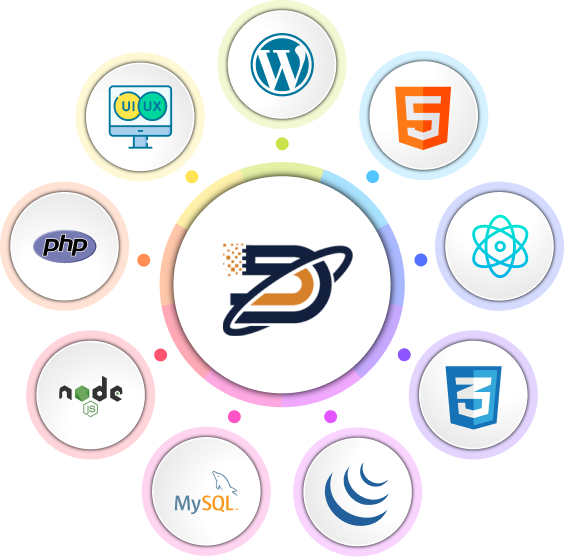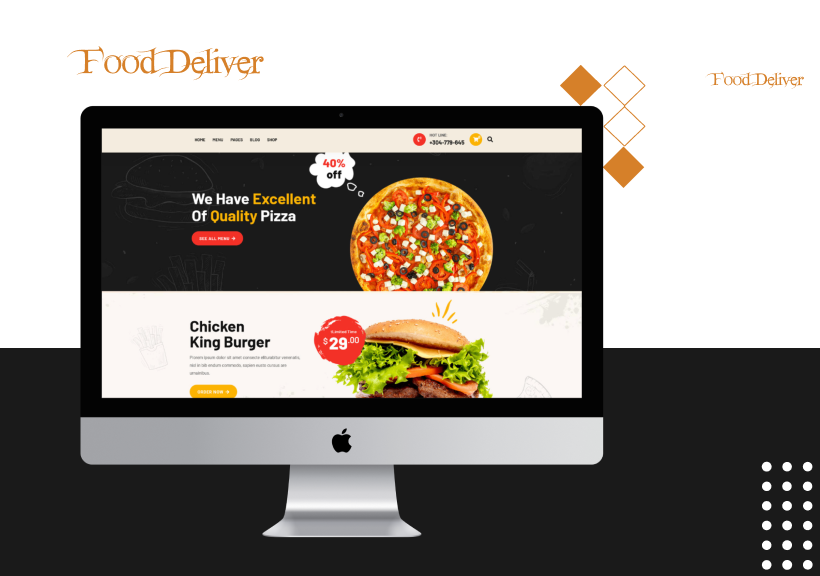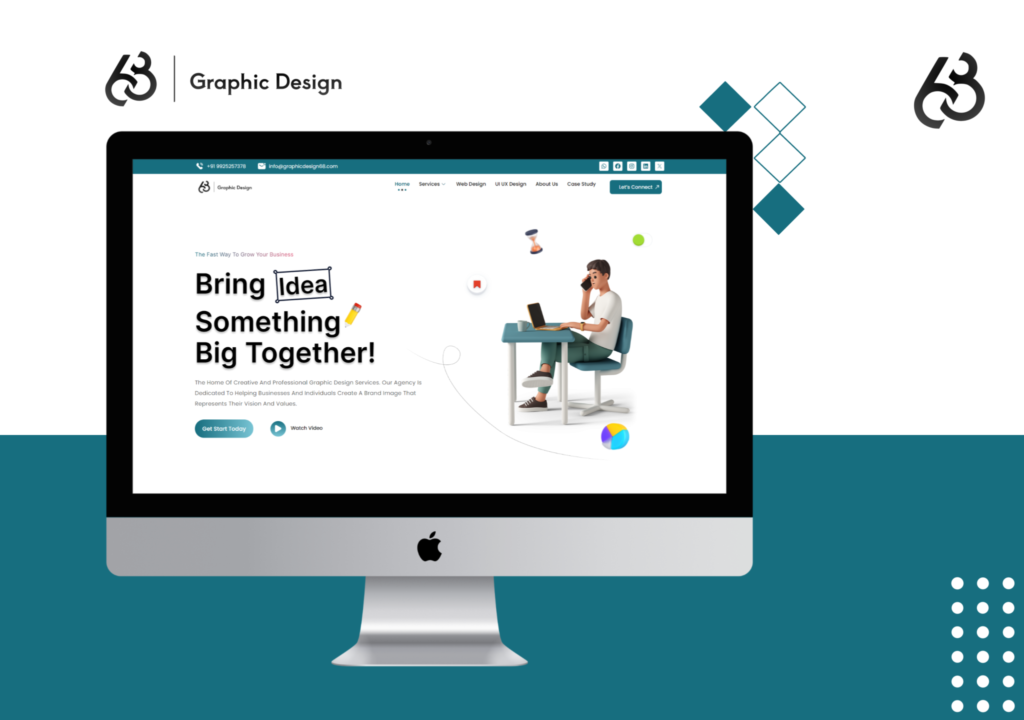

ABOUT ME
I'm a Full Stack Developer
Hi! I’m Dhaval Nasit, a passionate Full Stack Web Developer and Designer dedicated to crafting exceptional digital experiences. With a keen eye for design and a knack for coding, I specialize in creating dynamic and visually stunning websites and web applications.
My journey in the world of technology has equipped me with a diverse skill set, allowing me to seamlessly integrate front-end aesthetics with back-end functionality. Whether it’s bringing a client’s vision to life or solving complex technical challenges, I thrive on pushing the boundaries of innovation and delivering solutions that exceed expectations.
Let’s collaborate and turn your ideas into reality.
My Expertise

UI / UX Design

WordPress Development

PHP Development

React.JS Development

Node.JS Development

Graphic Design

My Skill
Comprehensive Solutions in Full Stack Development and Design
My Work Process
01
Research
In this phase, we gather information about your business, target audience, competitors, and goals. This helps us create a roadmap for the design and development process.
02
Design Prototype
Based on the research, we create a prototype or wireframe thatoutlines the layout, structure, and functionality of the web app. This prototype undergoes multiple iterations until we have a design that meets your requirements.

03

Development
Once the prototype is finalized, our team of web developers begins coding and building the web app according to the design specifications.
04
Evolution
As the development process continues, we ensure that the web app is scalable and adaptable to meet changing business needs in the future. We also conduct regular testing to identify and address any issues.

05

Deployment
Once the web app is fully developed and tested, we deploy it to a production environment, making it available to your target audience.
06
Testing
We conduct thorough testing of the web app in a live environment to ensure it meets all the functional and technical requirements and performs seamlessly on all devices and browsers.

07

Maintenance
After deployment, we continue to provide support and maintenance services to ensure the web app remains up-to-date and runs smoothly.
Our Smart Expertise Industries

Entertainment

Lifestyle

Travel

Construction

Education

Finance

Insurance

News

Health Care

Ecommerce

Food & Drink

Business
My Portfolio

Educational Platform
Web Design


Merit
Web Design


Mycra
Web Design


Food Deliver
Web Design


Sahayog
Web Design


Real Homes
Web Design


Open Chat
Web Design


Deal Buster Platform
Web Design


Graphic Design 68
Web Design

CLIENT FEEDBACK
Hire Me Top 1% According To Your Project

24*7 Availability

Hourly Hiring

Full-Time hiring
$15
- Dedicated team of designer
- Suitable for long-term engagement
- Pay as you go
- Scale up on demand
$2000
- Dedicated team of designer
- Suitable for long-term engagement
- Pay as you go
- Scale up on demand
Frequently Asked Questions (FAQ)







